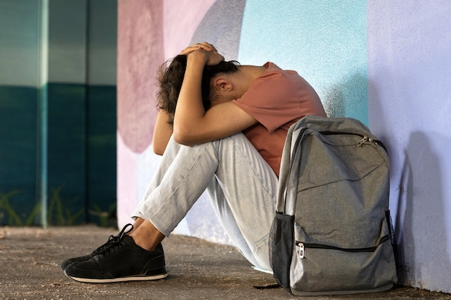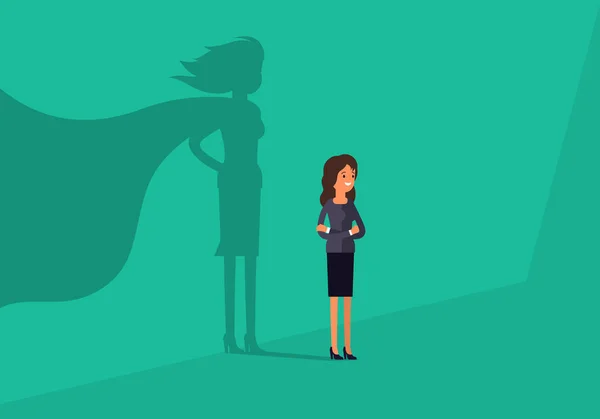"I have been both a witness and a victim of bullying. It happened during my elementary school years because I had a larger weight than the other girls, yet not strong enough to resist those who bullied me." This confession comes from Sara N., a Psychology student from Skopje.
Today, Sara is mature enough to recognize the reasons and consequences associated with peer violence and bravely shares that the issue is a collective concern and responsibility.
"Poor children, those who were labeled as 'nerds', children with emotional or behavioral problems, children who are too overweight or too thin —anything that deviates from the norm can become the target of bullying. The reason lies in the fact that other children are not prepared to understand and accept differences and are unaware of the serious consequences of violence", Sara N. states.
More Culprits Identified by Young People
Other students, surveyed about peer violence, echo Sara's sentiments. Almost all confirm that they have witnessed physical and verbal violence among their peers.
"Those who are different from the 'group' are often mocked and physically abused", says Dragana N., a Law student in Skopje. Her classmate, Zerina O., believes that various factors contribute to peer violence. "Low self-esteem and insecurity, a lack of communication within the family, the influence of social media, and, in the worst cases, violence in the family leading to negative consequences", says Zerina. Emily I., a Turkish Language student, emphasizes the importance of a child's upbringing in shaping their character. "For most children, difficulties at home reflect later on their relationships with peers and others in general", says Emily. Mateja P., an Economics student, adds that "factors influencing bullying are anger, jealousy, frustration, and a lack of conflict resolution skills".
The students agree that responsibility should be shared by those directly involved in the violence, parents who fail to teach their children the values of good communication and the connection between their behavior and others' emotions, as well as an inadequate system for preventing and intervening in cases of bullying.
"Firstly, parents are to blame for not educating their children to understand that not all people are the same and that, during their education, they will likely encounter individuals who are completely different from them. They should motivate their children to learn and accept differences, emphasizing that they should never be a subject of hatred, ridicule, or dominance. Then, blame also falls on teachers who, for years, talk about bullying but fail to address how to solve it. Finally, institutions are to blame for not always imposing penalties for such violence and lacking effective support for victims", asserts Sara N., who has experienced bullying as a child.
Youth Admit to Bullying but Lack Trust in Teachers and School Psychologists

In a study conducted by the Institute for Human Rights in Skopje last year, titled "Peer Violence (Bullying), Discrimination, and Hate Speech Among High School Students", nearly two-thirds of high school students reported the existence of bullying in their schools, with around one-third being victims of some form of peer violence. 59% reported that most bullying experiences consisted of insults and ridicule, with 21% confirming physical mistreatment. While sexual harassment was a shared experience among a small number of students, all those who reported being victims were girls. Most respondents believed that only a small portion of bullying incidents were reported, with the majority occurring in elementary school. Students agreed that the victim's inability to protect themselves is a significant reason for bullying.
Teachers were aware of the phenomenon and could recognize when it occurred in schools. However, many respondents indicated that the teaching staff did not react. Moreover, professional services in schools, such as psychologists, were not sufficiently involved in addressing the problem, as they were perceived by students as disciplinary measures rather than services for psychological and advisory support, as outlined in the Institute for Human Rights research.
In a 2022 study by the civic association "Youth Can", titled "High School Students and Access to Mental Health Services", it was highlighted that there is a lack of prevention programs in schools, especially in smaller towns in Macedonia where options for visiting a psychologist are almost non-existent. According to the study, a significant portion of the students reported never having an individual meeting with the school psychologist throughout their entire high school education. For example, when asked, "If you need professional help, where would you turn first?" only 7% of respondents mentioned the school psychologist. When asked, "Have you ever sought help from the school psychologist?" 88% responded negatively. Similar findings emerged from other surveys, with 78% of respondents stating that high school students were never directed to a conversation with a psychologist or pedagogue because they showed signs of violence or were potential victims, as outlined in the "Youth Can" study.
Bullying Strongly Impacts the Mental Health of Youth

Psychologists warn that the consequences of bullying include low self-esteem, anxiety, depressive episodes, and social isolation among young people.
"Among the main contributing factors are the authoritarian parenting style, aggressive behavior of parents, as well as inadequate attention or complete emotional rejection of the child", says psychologist Bojan Gjorgioski. He emphasizes that the rejection and the low self-esteem acquired at home are further intensified if the victims also experience low academic achievement, leading aggressors to target high-achieving students.
"Bullying seriously affects the mental health of victims, and it is crucial to recognize it promptly to prevent further harm. The consequences experienced by children and adolescents who have been victims of violence are long-lasting. If left untreated, they persist into adulthood", Gjorgioski states.
According to him, people can identify that a young person is a victim of bullying if they notice changes in mood, especially in emotional reactions, or if they observe visible physical injuries such as wounds or scratches.
"The first step to take when learning that someone is a victim of peer violence is to offer support and create a safe environment where (s)he can share the experiences without judgment or ridicule. Whether we are casual passersby, parents, their friends, or professionals, we need to show care and acceptance of their emotions, so the individual feels supported and has someone to lean on", advises psychologist Gjorgioski.











